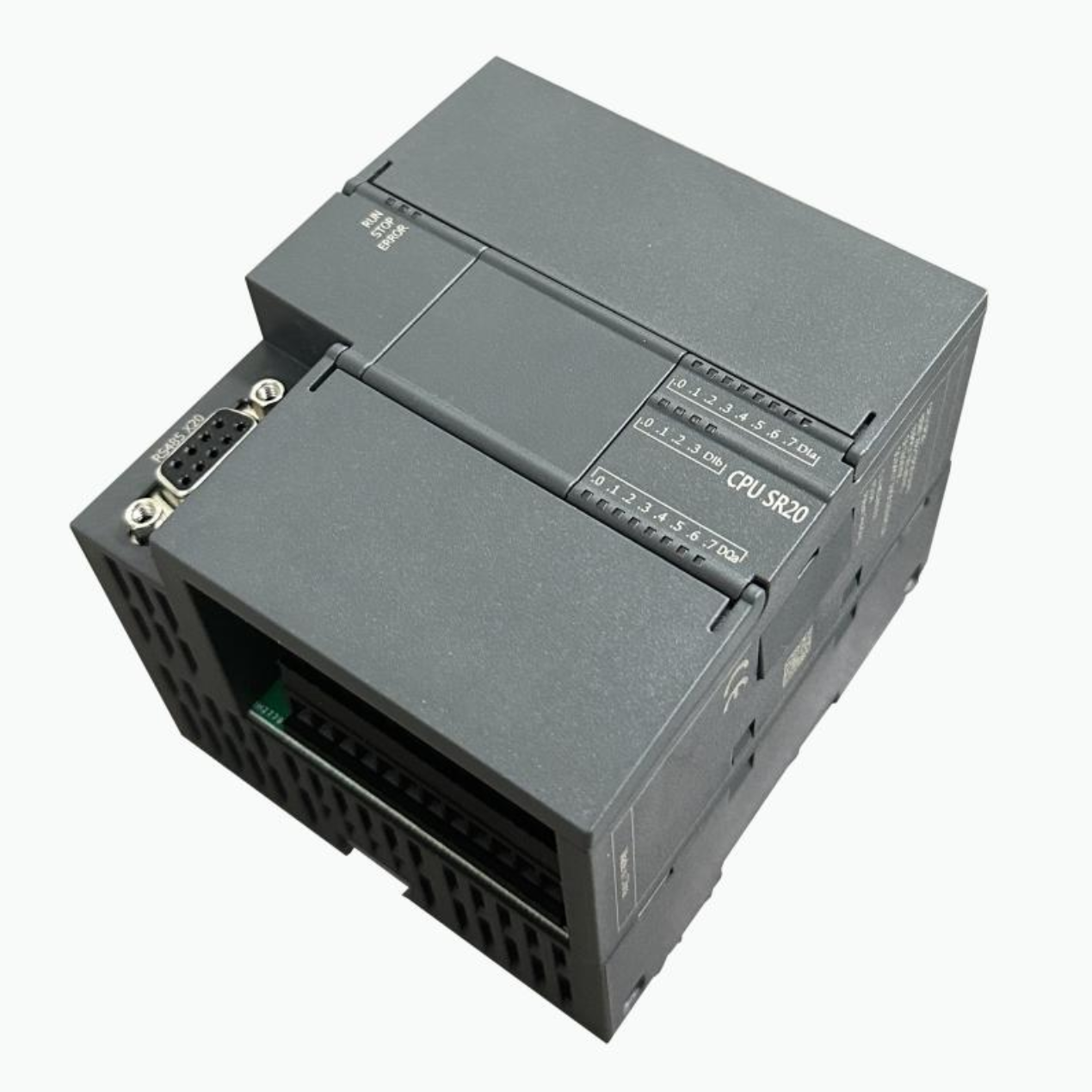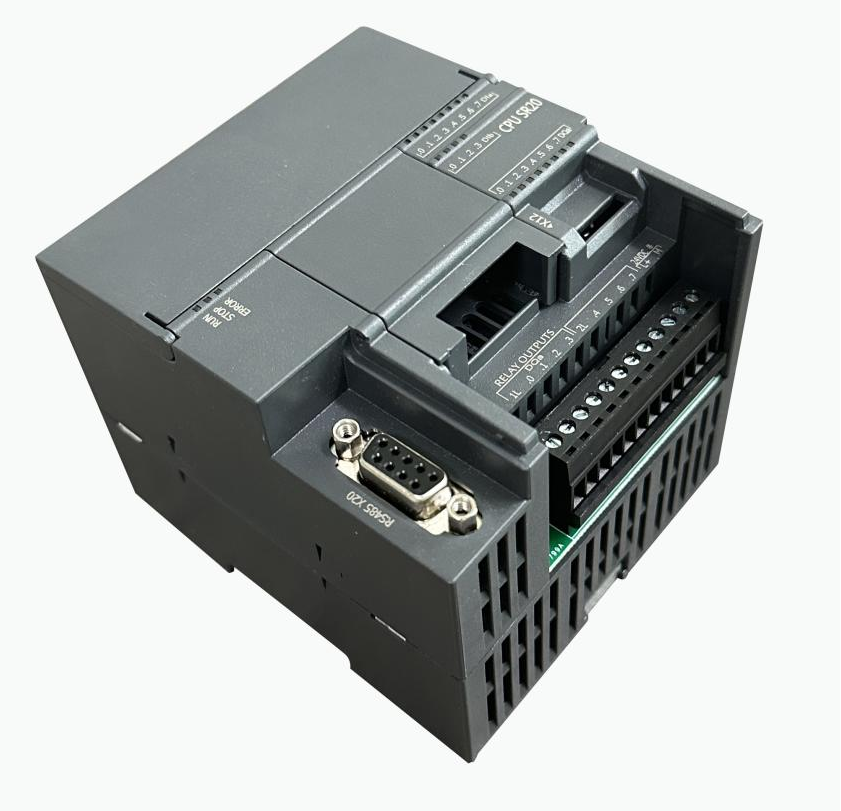An Introduction to PLC Controllers and Their Role in Automation
What Are PLC Controllers? Definition and Core Components
Understanding Programmable Logic Controllers (PLCs)
Programmable Logic Controllers (PLCs) are indispensable devices in the realm of industrial automation, responsible for controlling machinery and various processes efficiently. These controllers are engineered to tackle complex digital and analog control tasks, ensuring that operations run smoothly and efficiently. Historically, PLCs have evolved from relay-controlled mechanisms to sophisticated digital units, reflecting significant advancements over the decades. The integration of PLCs into manufacturing settings is critical as they enhance operational reliability and significantly reduce downtime, contributing to streamlined production processes.
Hardware Architecture: I/O Modules and Power Supplies
PLC hardware is composed of essential components such as Input/Output (I/O) modules and power supplies, which facilitate interaction with external devices and ensure stable operation. I/O modules—available in various types like digital and analog—play a crucial role in capturing and processing data from sensors to control actuators, thereby executing precise tasks in industrial processes. The power supply aspect of PLC systems guarantees continuous and efficient performance, minimizing disruptions. Efficient power management in PLC operations leads to notable energy savings and cost reductions, emphasizing the importance of robust PLC architectures in industrial settings.
Software Programming for Industrial Automation
The software programming of PLCs, utilizing languages such as ladder logic and structured text, is pivotal in customizing and optimizing industrial automation processes. These languages allow programmers to tailor the PLC operations to meet specific operational needs, enhancing flexibility in control frameworks. Simulation and testing are integral steps before deploying the software, ensuring it meets reliability and performance standards. Industry experts often note the significant efficiency enhancements brought by well-programmed PLC systems, underlining their role in streamlining workflows and optimizing industrial operations.
Key Roles of PLC Controllers in Industrial Automation
Optimizing Manufacturing Processes
PLC controllers play a critical role in optimizing manufacturing processes by automating and integrating various stages of production. By streamlining these workflows, PLCs enhance operational efficiency and consistency across different manufacturing sectors. For example, the automotive industry benefits immensely from PLC implementation, enabling precise and highly automated assembly lines for both traditional and electric vehicles. Statistics show that PLC systems significantly decrease cycle times and improve product quality, making them indispensable in the modern manufacturing landscape. As documented by the global PLC market trends, the use of PLCs is expected to grow steadily, driven by the needs of smart manufacturing practices and digital transformation initiatives.
Smart Building Management Systems
In smart building management systems, PLC controllers are integral to energy efficiency and cost savings through automation. These controllers manage essential features such as HVAC control, lighting systems, and security measures, ensuring optimal energy consumption and environmental control. For instance, PLCs enable dynamic HVAC adjustments based on real-time data, leading to substantial energy reduction. Buildings utilizing PLC technology frequently report not only lowered energy costs but also enhanced environmental management, positioning them as leaders in sustainable infrastructure. This shift towards automated building management underscores the transformative potential of PLC technology in achieving seamless and sustainable operations.
Automotive Assembly Line Applications
PLC controllers are essential in automotive assembly lines, where precision and synchronization are paramount. They ensure the seamless execution of complex tasks tailored to specific manufacturing needs, such as vehicle assembly or battery production for electric vehicles. Various PLC configurations are available to meet the diverse demands of the automotive sector, providing solutions that enhance production efficiency and uphold safety standards. For example, the increased use of PLC systems in assembly lines has resulted in remarkable improvements in production throughput and quality assurance. This trend reflects the broader growth in PLC market adoption, driven by growing demand for electric vehicles and advanced automotive manufacturing requirements.
Featured PLC Controller Models for Modern Automation
PLC SR30: Flexible I/O Configuration for Small-Scale Systems
The PLC SR30 is a versatile solution specifically designed for small-scale automation projects. It offers customizable I/O configurations that cater to varying control needs in compact systems. The module is equipped with up to 60 I/O points, allowing it to efficiently meet the demands of small automation equipment. One of its standout features is the 0.15 µs basic instruction execution time, which ensures swift processing even in demanding applications. With robust industrial Ethernet interfaces such as PROFINET and Modbus TCP, the SR30 integrates seamlessly with network communication protocols. Customers from various sectors have praised its effectiveness, especially in enhancing production efficiency in small manufacturing units.
PLC SR40: High-Density Relay Output Solutions
The PLC SR40 stands out with its high-density relay outputs, making it ideal for complex automation systems. Its robust design ensures consistent performance across various industrial environments. The SR40 can seamlessly integrate with a wide range of industrial sensors and devices, enhancing system extensibility and operational flexibility. Recommended by industry experts, the SR40 is noted for its reliability and ability to manage more demanding automation tasks. Its ease of integration with existing systems makes it a go-to choice for industries looking to maintain high performance without compromising durability.
PLC SR30 Smart Building Integration Module
The PLC SR30 Smart Building Integration Module is tailored for smart building applications, focusing on effective energy management. This module enhances the operational efficiency of buildings by seamlessly integrating HVAC systems, lighting controls, and security systems through advanced PLC automation. Its compatibility with existing building management systems makes it an attractive choice for retrofitting in older structures or enhancing new projects. Recent projects using the SR30 module have demonstrated marked improvements in reducing energy consumption and operational costs while enhancing occupant comfort and building sustainability.
Future Trends in PLC Technology and Automation
Compact PLC Designs for Space-Constrained Installations
The trend towards compact PLC designs is becoming increasingly significant as industries need to accommodate automation within limited spaces. These smaller PLC models are engineered to maintain high performance without compromising functionality, making them ideal for environments with space constraints. The benefits of such designs include reduced installation costs and simplified setup processes, which are particularly crucial in tightly packed industrial settings. Furthermore, experts suggest that compact PLCs will be vital in future industrial setups, enabling businesses to optimize their space while still achieving efficient automation.
AI Integration and IoT Connectivity Advancements
AI integration in PLCs is transforming industrial automation by facilitating predictive maintenance and improving decision-making processes. These intelligent systems analyze real-time data to anticipate equipment failures and streamline operations. Simultaneously, advancements in IoT connectivity allow PLCs to communicate with other smart devices, enhancing the automation landscape with real-time data exchange and coordination. Looking ahead, these technologies are poised to revolutionize how industries operate, increasing efficiency and reducing downtime by providing a seamless communication platform among various devices.



